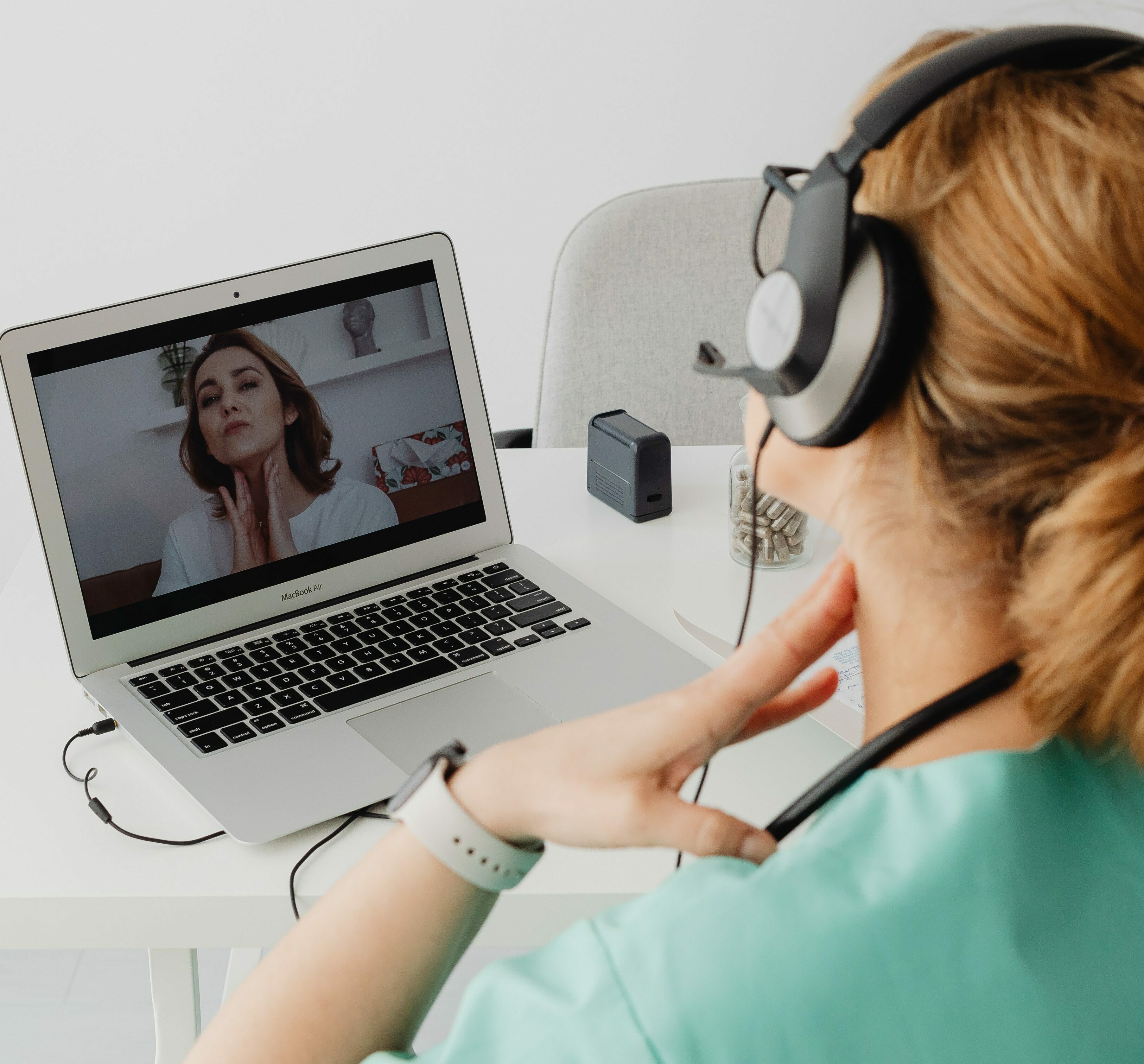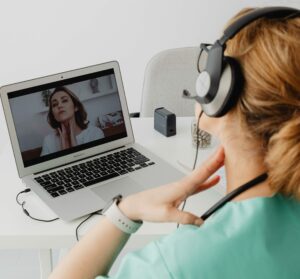
With increased use of telemedicine has come the need for physician practices and other ambulatory offices to offer technical support to patients and family caregivers who need help to connect, in particular for video visits. As if physicians and their office staff don’t already have enough to do!
In an article for the Harvard Business Review, experts at Johns Hopkins Medicine describe an automated process they’ve developed to focus technical support where it’s needed most. Although they say the system is a “quick and easy way to target telemedicine support,” the details betray the complexity of the problem. Johns Hopkins Medicine currently serves more than 750,000 patients in hospitals and clinics in Maryland, Florida and Washington, D.C.
The system uses the electronic health record to automatically assign patients a risk score for upcoming video appointments based on answers to the following questions:
Does the patient have an active account in the patient portal?
Has the patient completed online checked-in for the visit within seven days of the appointment?
Has the patient had a video and/or telephone visit in the past three months?
The system includes relative scoring for these factors, allowing the need for support to be graduated and displayed as red/yellow/green in the scheduling software.
The article also describes how Johns Hopkins pilot-tested different ways to contact patients identified as most likely to need or benefit from technical support. The pilot was supported by a centralized IT team working with three ambulatory clinics: one primary care and two specialty care clinics. They tried contacting targeted patients with an offer of help first by text message well in advance of an appointment and then, if necessary, by telephone the day before to set up a dedicated help session, with mediocre response from patients.
In the end, most clinical sites have decided it works best to offer help immediately before the appointment. Being able to plan ahead and deliver technical support without deadline pressure might seem easier to manage from the practices’ point of view, but that did not work for patients. There is inherent simplicity in the new system, which eliminates the waste and aggravation of needlessly contacting patients who don’t require help.
The authors observe that this system delivers a win-win in the process: “This approach can help make telemedicine more equitable and ease the extraordinary burden that the pandemic has imposed on care providers’ support staffs.”





